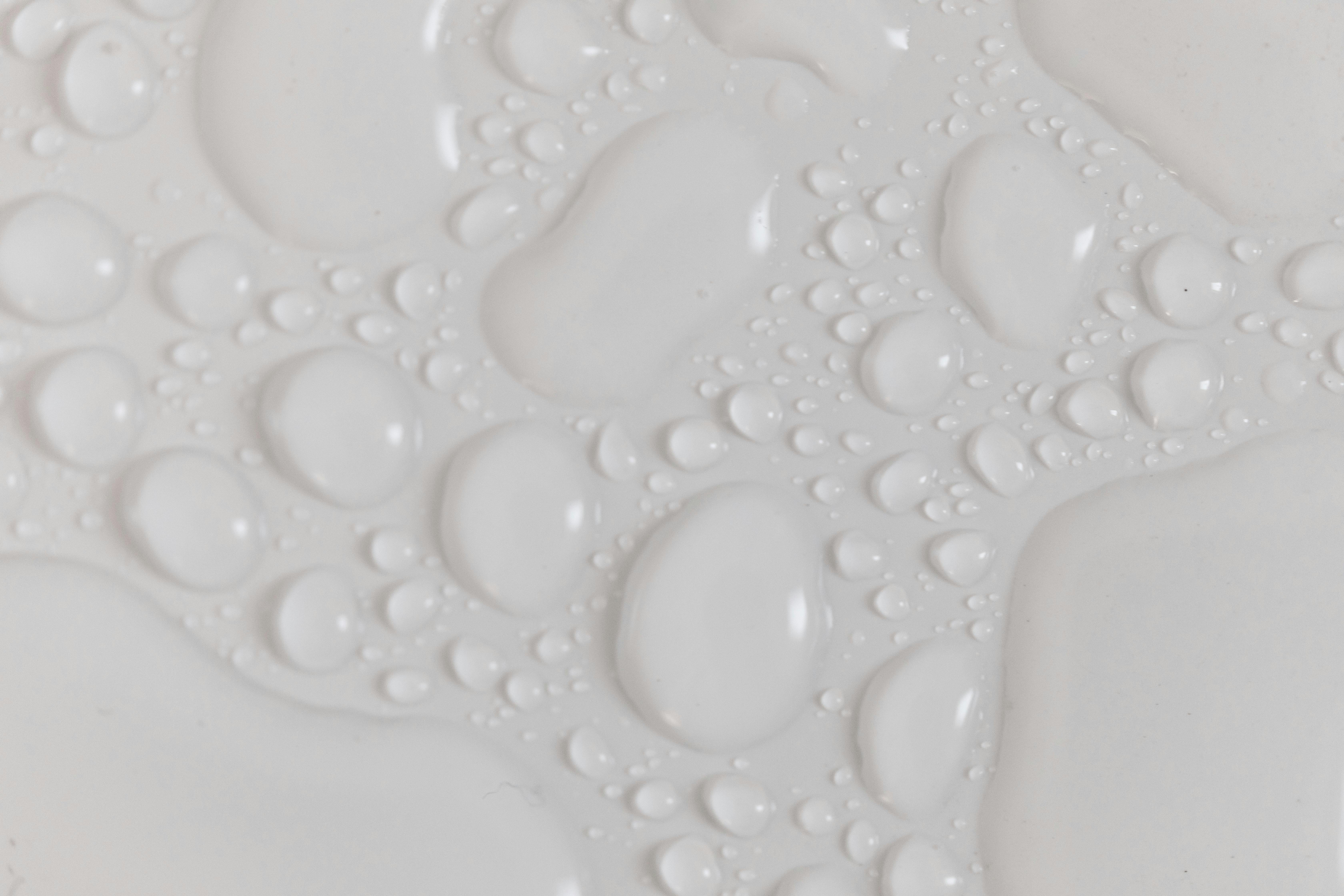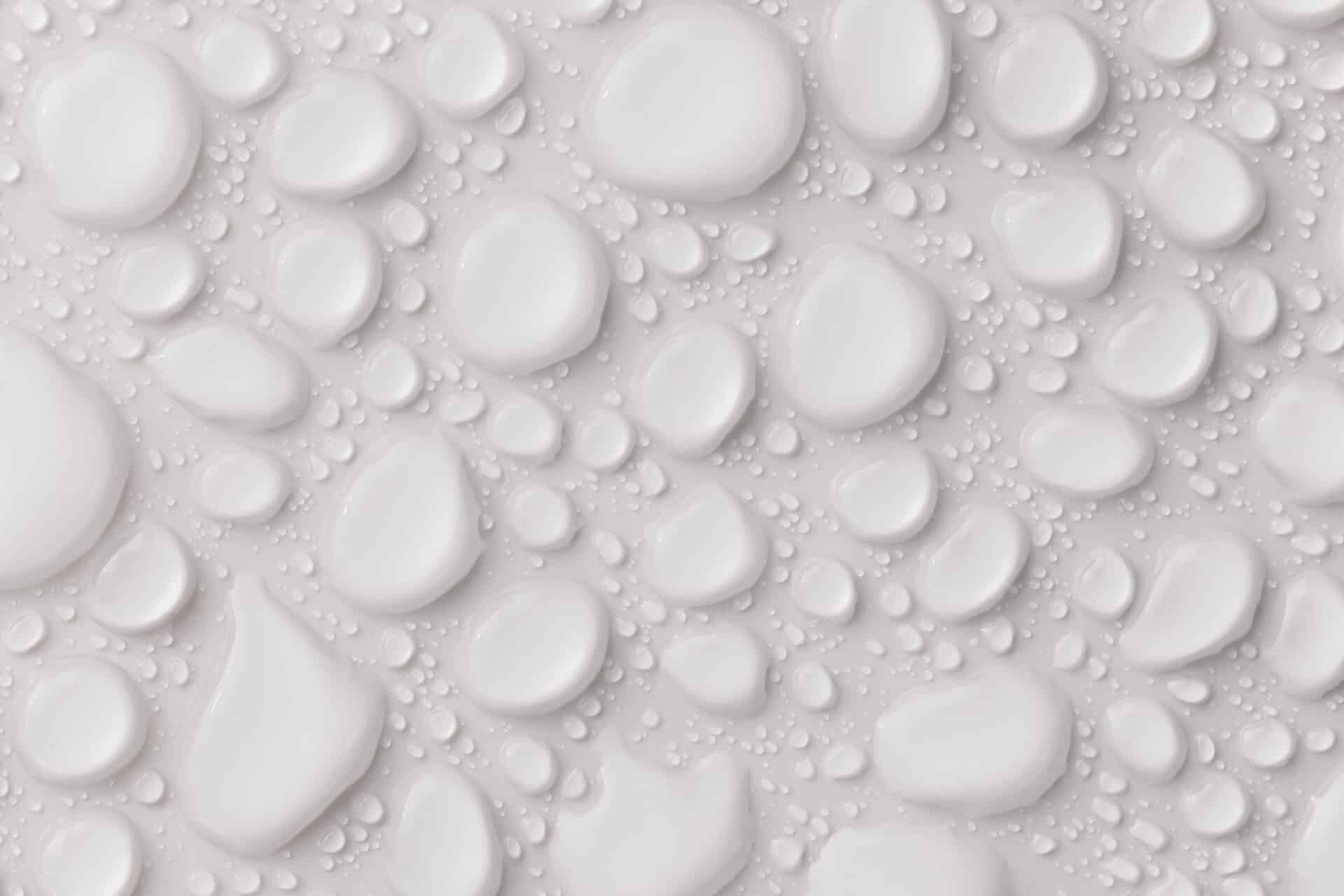Water is an essential part of our lives, and with so many types of water available it can be difficult to know which type is best for our needs. Distilled water and purified water are two types of water that are often confused, but there are key differences between them. In this article, we’ll discuss the differences between distilled water and purified water and why each one might be beneficial for different uses.Distilled water is water that has been boiled and evaporated, then condensed back into liquid form. It is usually made through a process known as distillation, which involves boiling the water and collecting the steam that condenses back into water. This process removes impurities such as salts, minerals, and other contaminants from the water. Distilled water is often used in laboratory settings, pharmaceutical applications, car batteries, and more as it is free of contaminants that could interfere with experiments or processes.
What Is Purified Water?
Purified water is water that has been treated to remove impurities, contaminants, and other unwanted substances. It is typically produced using a variety of processes such as deionization, reverse osmosis, distillation, ultrafiltration, or filtration. Purified water is an essential component of many industries and applications, including pharmaceuticals, medical devices, and food production. It is also used for household purposes such as drinking water and cooking.
The process of purifying water can involve the removal of both natural and man-made contaminants. Natural contaminants may include minerals or dissolved solids such as calcium or magnesium. Man-made contaminants may include pollutants from industrial processes or chemicals used in treating the water supply. The purification process typically involves a series of steps that remove these impurities and make the water safe to drink or use for other purposes.
Purified water is generally considered to be safe to drink because it has been processed to reduce the levels of harmful bacteria and other potentially hazardous substances. However, it should not be consumed without being tested first for quality assurance purposes. In addition, purified drinking
How Is Distilled Water Made?
Distilled water is made through a process called distillation. In this process, water is heated until it turns into steam. The steam is then collected and cooled, causing it to condense back into liquid form. This liquid form is then collected as distilled water. The impurities and contaminants that were in the original water are left behind because they can’t vaporize. This makes distilled water extremely pure and free from contaminants.
Distillation is a very effective way of purifying water, however, the process can be time consuming and expensive. It also requires a lot of energy in order to heat up the water to its boiling point. Additionally, some minerals are removed during the distillation process, which can affect the taste of the water or make it less healthy for consumption.
However, despite these drawbacks, distilled water has many uses in industrial processes such as boiler feedwater, cooling systems and even medical applications where pure water is essential. It’s also widely used for drinking purposes due to its lack of contaminants and high purity levels.
When looking for distilled water for drinking purposes, make sure you buy it
How Is Purified Water Made?
Purified water is water that has been processed to remove impurities, contaminants, and other unwanted substances. The process of purifying water involves several steps, including filtration, distillation, reverse osmosis, and deionization. It is important to note that each of these processes removes different types of contaminants from the water.
Filtration is the most commonly used method for purifying water. This process uses a filter medium to remove particles and impurities from the water. The most commonly used filter mediums are carbon filters, mechanical filters, and ultrafiltration membranes. Carbon filters are effective at removing organic compounds such as chlorine, lead, pesticides, herbicides, and other toxins. Mechanical filters use a physical barrier to screen out particles such as dirt and sediment. Ultrafiltration membranes are capable of removing particles smaller than 1 micron in size.
Distillation is another common method for producing purified water. This process involves boiling the water to remove impurities such as minerals and salts. The boiling process also kills bacteria and viruses present in the water. The vaporized steam is then condensed into pure liquid form which
Differences in Mineral Content
Minerals are naturally occurring elements that are essential for healthy human growth and development. Every mineral has a unique chemical composition and structure, making them different from one another. As such, different types of minerals can be found in different foods. For example, calcium is found in dairy products, iron is found in red meat, and sodium is found in table salt.
The amount of minerals present in food can also vary depending on where it was grown or harvested. For instance, some soil may have higher levels of certain minerals than others. This means that the nutritional value of food can vary greatly depending on its source. Additionally, certain processing methods, such as refining or bleaching, can also reduce the mineral content of foods.
In addition to differences in mineral content between foods, there can also be variations within a single food item. For example, some varieties of apples may contain higher amounts of magnesium than others. Similarly, some cuts of beef may contain higher amounts of iron than other cuts.
Overall, it is important to understand that the mineral content of food can vary widely depending on its type and source. By selecting

Differences in Taste
Taste is a subjective experience that can vary greatly from person to person. While some foods may be universally liked, everyone has their own preferences when it comes to what they enjoy eating. Differences in taste can be due to a variety of factors, such as culture, upbringing, genetics, and acquired tastes.
Cultural influences play a large role in determining individual preferences for food. Foods that are popular in one country may not appeal to people from another country. For example, while kimchi is a beloved staple in Korean cuisine, some people from other cultures may find its strong flavor and smell off-putting. Similarly, certain ingredients or cooking styles can be favored by certain cultures and disliked by others.
Upbringing also affects how people perceive taste. People who grow up with access to different cuisines or with adventurous eaters around them are more likely to have open minds when it comes to trying new flavors. Conversely, those who grow up with limited culinary options are more likely to stick to the familiar flavors they know and enjoy.
Genetics also play a role in taste preferences. Studies have shown that certain genetic markers can influence
Differences in Cost
The cost of goods and services can vary greatly from one place to another. Different factors such as location, competition, availability of resources, and demand can all have an impact on the cost of items. For example, items that are in high demand may be more expensive due to the increased competition for them in certain areas. On the other hand, items that are not as widely desired may be cheaper due to less competition or because they are more readily available.
In addition to differences in availability and demand, cost can also vary based on the quality of a product or service. Generally speaking, higher quality goods and services will cost more than lower quality options. This is because there is often a higher level of craftsmanship and care that go into making these products and services. Additionally, higher quality materials may also be used which can drive up the cost even further.
Finally, another factor that can affect the cost of goods or services is taxes and fees. Depending on where an item is purchased or a service is rendered from, different taxes or fees may apply which could make one option significantly more expensive than another. Therefore, it
Differences in Uses
The use of technology has become increasingly prevalent in today’s world, and there are now many different ways to use it. Each type of technology has its own uses and benefits, so it is important to understand the differences between them in order to best utilize them for their intended purpose. For example, smartphones are used mainly for communication purposes, while desktop computers are better suited for more complex tasks like programming or graphic design. Similarly, tablets are designed for portability and convenience, while laptops are better suited for tasks that require a larger screen size. Additionally, cloud computing has become increasingly popular and offers users the ability to access data and applications from anywhere with an internet connection.
It is important to understand the differences between each type of technology when deciding which one to use for a particular task. For instance, if someone wants to watch a movie or play a game on their smartphone, they will likely need a higher-end device with more powerful hardware than if they were using it simply for communication purposes. Similarly, if someone is looking to do some programming work on their laptop computer, they may need a more powerful processor and larger hard drive than what would be

Conclusion
The main difference between distilled and purified water lies in the type of treatment used. Distilled water is produced through a process of boiling and condensation, while purified water is obtained by using a complex filtration system. Distilled water is free from all impurities and minerals, whereas purified water has some dissolved minerals that can be beneficial for health. Depending on your needs, you can choose either distilled or purified water for drinking or other purposes.
Whichever type of water you choose, it is important to ensure that it meets quality standards set by the relevant authorities. Regular testing of the water should be carried out to ensure that it remains safe to use. Different types of bottled water are also available on the market for those who prefer convenience over quality control.

